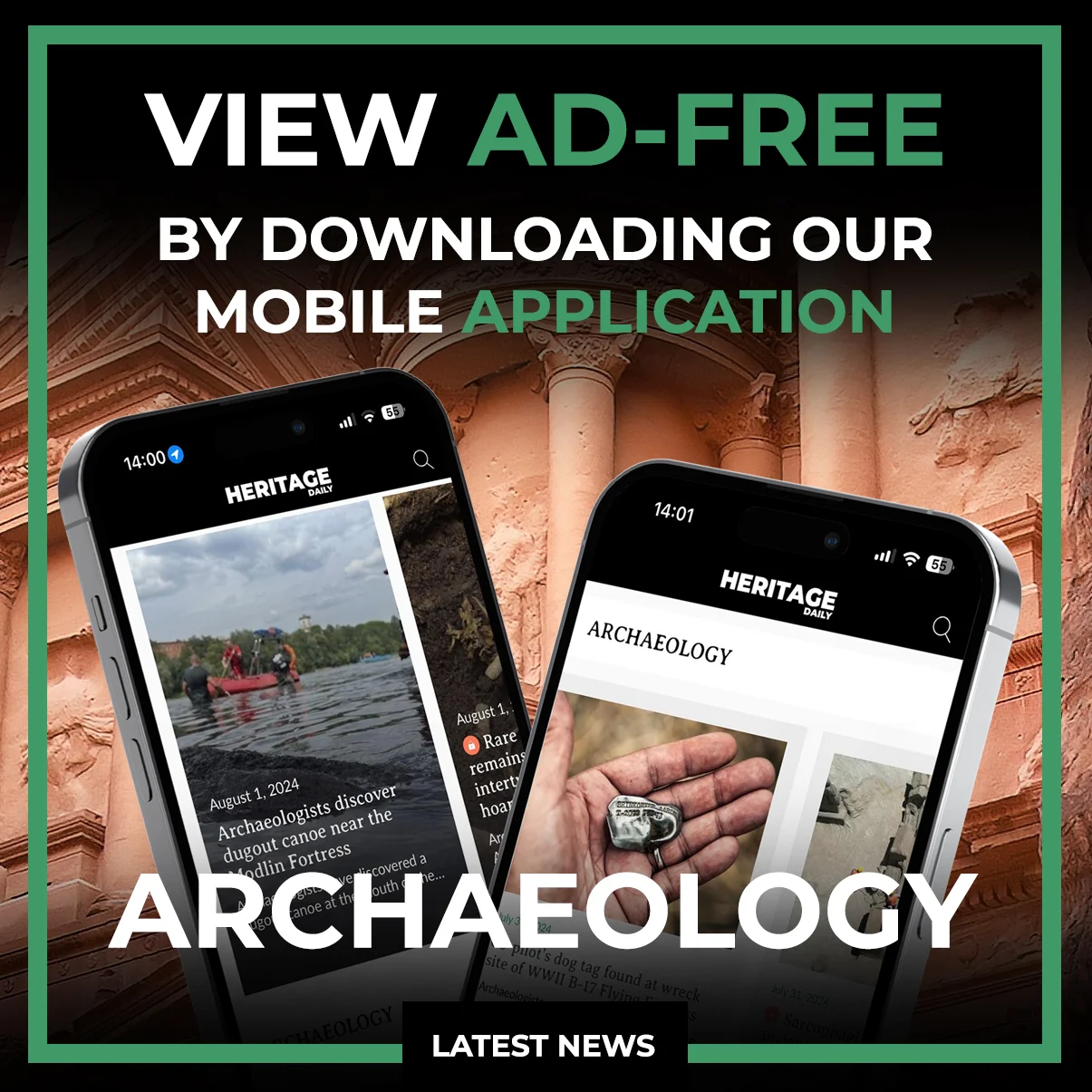Archaeologists have discovered a monumental labyrinthine structure on the summit of Papoura Hill in Crete.
The discovery was made during the installation of a radar system in preparation for the construction of a new airport in the area.
According to experts, the structure dates from between 2000 to 1700 BC shortly before or at the start of the palaeopalatial Minoan period.
The Minoan civilisation was a Bronze Age culture that emerged on the island of Crete around 3100 BC. The culture is known for the monumental architecture and energetic art, and is often regarded as the first civilisation in Europe.

The chronology of the Minoans is characterised into three distinct phases – Early Minoan (EM), Middle Minoan (MM), and Late Minoan (LM).
The palaeopalatial structure is part of the MMI – II grouping in the Middle Minoan, a period in which the first palaces were built and saw the development of the Minoan writing systems, Cretan hieroglyphic and Linear A.
The structure comprises of 8 concentric stone rings that converge on a central circular building. The entire diameter of the complex measures 48 metres and covers an area of approximately 1800 square metres.
Within the central structure are four designated zones in which radial walls intersect vertically and form a labyrinthine structure. Zones A and B appear to be have the main concentration of human activity, evidenced by the presence of large amounts of animals bones.
According to the experts, this residential area likely had a truncated cone or vaulted appearance and is the first monument of this type excavated in Crete. It can perhaps be paralleled with the elliptical MM building of the Chamezi Archaeological Site, as well as with the so-called circular proto-Hellenic cyclopean building of Tiryns.
The Minister of Culture, said: “This is a unique and highly significant find. Solutions are in place to ensure the completion of the archaeological research and the protection of the monument.”
Header Image Credit : Greek Ministry of Culture
Sources : Greek Ministry of Culture





